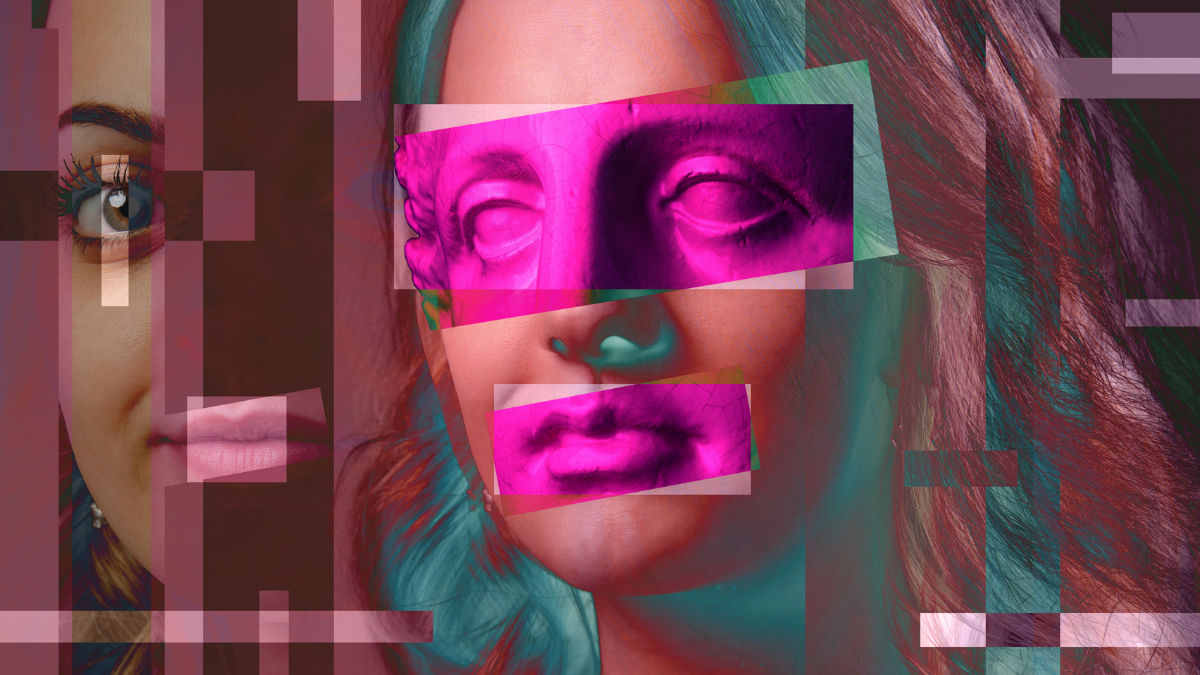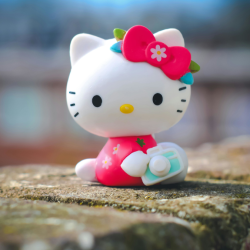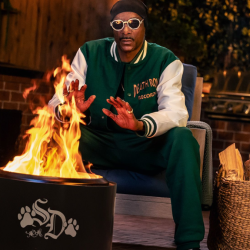Hi Anastasia, cheers for taking the time to chat. You’re a self-described ‘art-based creative who believes in changing behaviour.’ When did you first know art is what you wanted to pursue?
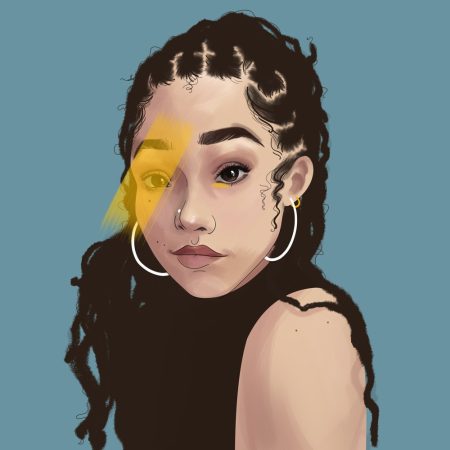
Hey Natasha, it’s my pleasure! It was always going to be art. My mom would take us to art galleries from when I was a toddler, teaching her 4-year-old the difference between cubism and impressionism. My parents filled my life with art and creativity, and although we didn’t have a lot of money, they made sure I had everything I needed to keep drawing, painting, making music, taking photographs. Inspired by these two incredible dreamers, I’ve always known what I wanted to be. I didn’t know until university that I could find it in advertising.
Artists often look to their peers for inspiration. Who first inspired you and have your figures of inspiration changed over the years? And if so, in what way?
When I was 10 or so, I met a girl my age named Julia. She was obsessed with anime (like me), and like many anime pre-teens, was incredible at drawing figures. She was the first young artist I’d ever met who was better than me, and by watching her, I learned at an awesome pace. A year into our friendship, I was leaps and bounds better than I was before.
It was a transformative experience for me, and to this day I’m very inspired by my peers. I believe there’s something to learn from absolutely anyone. Some (of the many) peers who keep me learning today are: Jay Lee, Carlos Bedoya, Christopher Lee, Jackie Wong, Sam Cable, Kostia Liakhov, Shann Larsson, Cindy Suen, and my sister, Summer Franz.
For you, what makes art powerful in terms of how it can influence people’s perceptions?
‘Fiction gives us empathy: it puts us inside the minds of other people, gives us the gifts of seeing the world through their eyes.’
Speaking of changing behaviour, you worked with WWF in 2016 on ‘The Last Word’, a campaign to stop the ivory trade in Hong Kong. Tell us about that. What most surprised you about that project?
I was really surprised by the creativity and meaningfulness of the submissions. It was our first project, and the more senior creatives were not at all confident with the quality we could expect from user-generated content. I didn’t really hope for that deeper level of thoughtfulness to come through, but people were really creative, and we had a lot of beautiful suggestions. I think the brief for the public was provocative, and it set imaginations spinning.
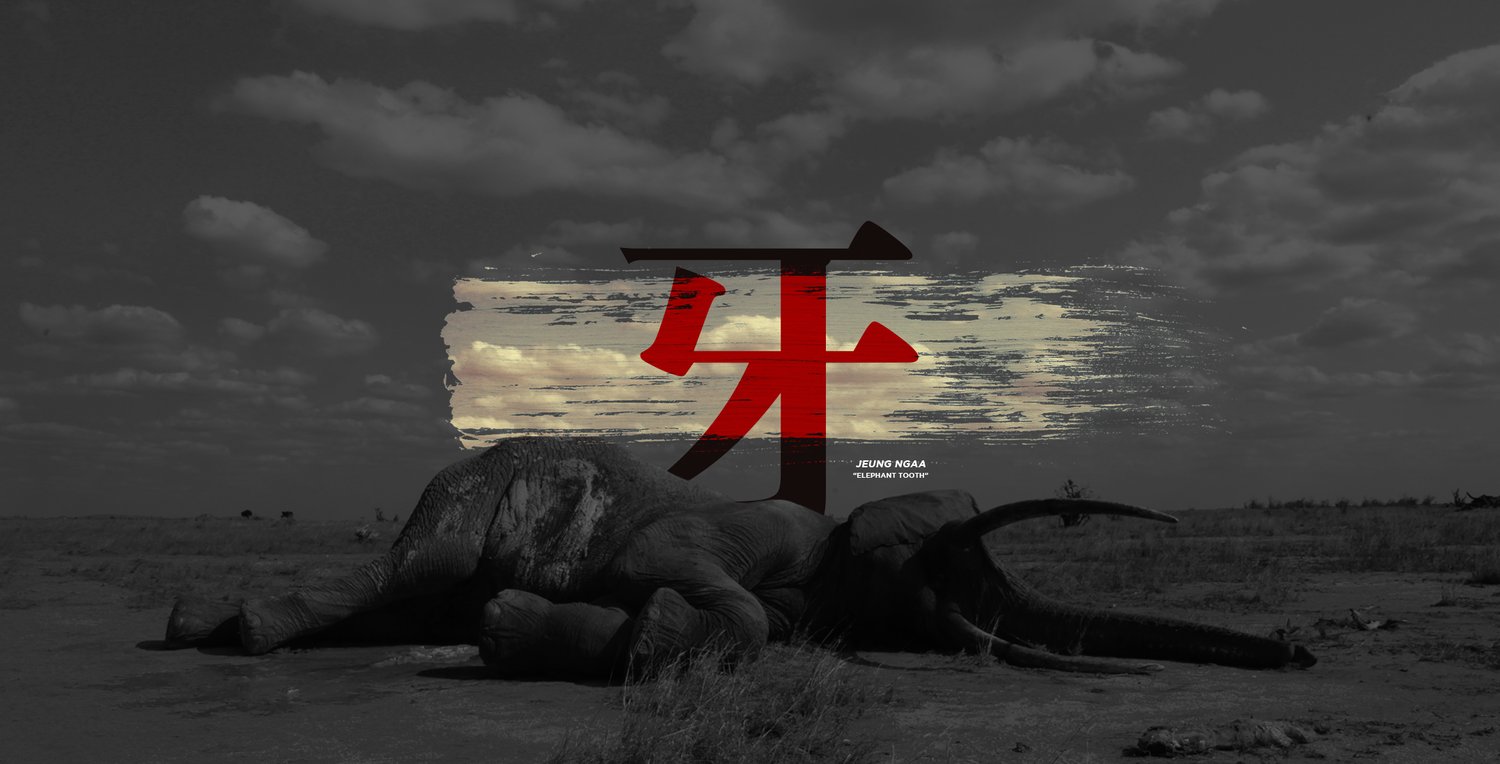
Your family moved from California to Hong Kong when you were thirteen, and now you’re based in Melbourne. How has nationality and identity shaped your creativity? Do you draw from all those cultures and places with your work?
One privilege I certainly have is perspective. Because of my background, I’m able to imagine the lives of and better empathise with a huge variety of people. Being a biracial Black American person also gives me a wider lens to the incredible diversity of life, and even more so as I experience Blackness outside of predominantly white cultures.
All of that inspires me to tell more and more specific stories, to see people less as markets, more as individuals. I think that in this space there are hundreds of ideas just lying on the ground, stories and perspectives just begging to be told.
As someone with a varied background in digital activation, you’re a bit of an expert on timing. Do you have any tips for fellow creatives, in terms of choosing the right idea and knowing when to launch it into the world?
Haha, I’d never call myself an expert on anything. Timing is strategy’s department, so I give all the credit to a solid purchase decision journey. My first full-time job was at Geometry, working on shopper/activation briefs. For those ideas, you can’t just change perception, you have to drive behaviour now, and so choosing the right behaviour to trigger is as important as the moment of engagement itself.
People don’t care about washing their hands when they’re driving home from work. They care when they’re about to eat. Targeting people with the right message at the right time is how you change behaviour.
Last year, you were selected to take part in Cannes See It Be It, a unique programme created to help close the gender gap among creativity industry leaders. How has the experience impacted you, personally and professionally?
It’s hard to sum up, but See It Be It (SIBI) impacted me profoundly. The message last year was ‘You Are Enough’, and through the experience I learned that ‘you’ wasn’t my awards or ideas, ‘you’ was me. I learned that people want to know what I have to say, and I can make an impact by saying it. I’ve always looked up to people. SIBI taught me how to look back, see the people I inspire, and help them rise above myself. They taught me to not just be good, but to be a leader.
All of this is because of the generous and incredibly beautiful, real humans who were a part of See It Be It. I try my best to be all of that for every woman I meet.
When we spoke earlier, you mentioned that you’re tutoring this month for AWARD School, a course for APAC’s aspiring creatives. If you could tutor your younger self just starting out, what things would you say? What key bits of wisdom would you give yourself?
Don’t hold things so dear. I took things very personally as a junior, because I cared a lot. I still care a lot, but I’ve learned that not every hill is worth dying on, not every change is for the worst. Although you pour in love and dedication, you have to keep the work at an arm’s length, because that’s where there’s room to collaborate and genuinely improve. You can always tell the difference between a creative ‘making changes’ and those who are truly collaborating, because you have to first see that the work can get better.
Collaboration is a powerful addition to any creative’s toolkit. You’re married to your creative partner. What’s the most rewarding part of collaborating with your spouse? How do you manage creative differences, and what advice would you give to couples thinking of starting a creative partnership?
I mean, I get to work with my best friend, that’s a pretty big plus! It helps to work together, because we know each other so well. We’re able to be honest with each other, take risks, make mistakes, set goals, and grow alongside each other. When you’re a risk-taking creative, it helps to work with someone who gets you. We know why we think the way we think, and we finish each other’s sandwiches. We still disagree all the time. But we also respect each other immensely, and so we stay open to one another’s ideas, even as we’re honest about not liking them.
I think it’s obvious that working with your SO isn’t for everyone. But if you’re good team-players, share a philosophy, and maintain healthy communication, it can be a lot of fun.
You’re judging the D&AD Awards 2023 again this year, in the Gaming & Virtual Worlds category. How much does gaming inspire and inform your work?
Gaming is really the perfect activation. It engages you, immerses you, and guides your behaviour while leaving room to explore and invent, to leave your mark in the game.
No one can play quite like you, and so the story is never exactly the same for everyone.
When Jay and I build an activation, we take the same mechanics in game design (feedback, exploration, the dopamine hit of a challenge conquered, achievements, discovery) and apply them to brand experiences. People want to interact because they want to make their mark, so I believe that individual play is important for any kind of engagement.
What excites you most in the gaming world at the moment?
I’m very excited by the dramatic increase in diverse perspectives that we’re seeing across all gaming genres. This category has been absolutely dominated by the perspective of a straight white man for decades, but games like The Last of Us, Horizon, and even Sims 4 represent a revolutionary swing in whose stories are being told — whose faces we see — in gaming. I would have never dreamed I’d be a default character in any game, but it’s clear that day is quickly approaching.
And finally — what do you love most about Minecraft?
My absolute favourite thing about Minecraft is that it’s built 60 per cent in your imagination. (Almost) every single block exists in the world as a cube; you grab it, place it somewhere else, and say ‘That’s my table‘. And you keep placing blocks and building context, using your imagination and 1 x 1 cubes, to tell a story about this place. I love streams like Hermitcraft, where you can watch adults genuinely play, using their imagination, building worlds that feel real to them and finding new ways to enjoy that ever-changing world together. Playing it keeps my imagination stretchy, and lets me play with the same ‘Yes, and‘ eagerness that I’ve had since childhood.
Featured image: art & gaming bashta / diversifylens

















